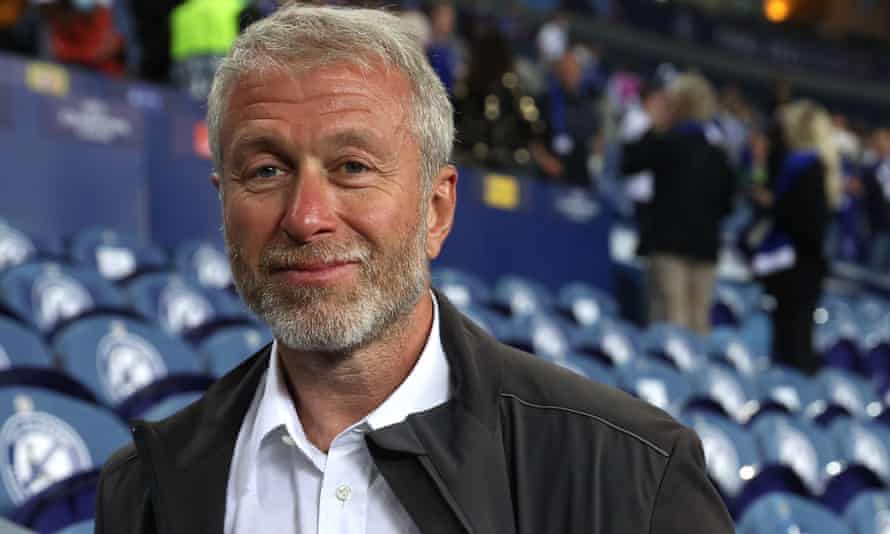Issued on: 30/07/2021 -

Tokyo (AFP)
New Zealand Olympic officials vowed Friday to shield transgender athlete Laurel Hubbard from a tsunami of negative social media comments as the weightlifter prepares to make history at the Tokyo Games.
Hubbard is set to become the first openly transgender woman at the Olympics when she competes in the +87kg category on Monday, sparking heated online debate.
The 43-year-old was born male and competed as a man before transitioning to female in her 30s, taking up the sport at elite level again after meeting the International Olympic Committee (IOC) guidelines for transgender athletes.
New Zealand Olympic Committee spokeswoman Ashley Abbott said Hubbard was keeping a low profile in Japan, despite the "particularly high level of interest" in her Olympic debut.
Abbott said not all the interest on social media had been positive.
"Certainly we have seen a groundswell of comment about it and a lot of it is inappropriate," she told reporters.
"Our view is that we've got a culture of manaaki (inclusion) and it's our role to support all eligible athletes on our team.
"In terms of social media, we won't be engaging in any kind of negative debate."
While she acknowledged Hubbard's appearance raised complex issues, Abbott also pointed out: "We all need to remember that there's a person behind all these technical questions."
"As an organisation we would look to shield our athlete, or any athlete, from anything negative in the social media space," she said.
"We don't condone cyberbullying in any way."
- 'Challenging balancing act' -
The intensely private Hubbard has been a reluctant trailblazer, insisting during rare media interviews that she just wants to be left alone to pursue her sport.
In a statement released by the NZOC Friday she said: "The Olympic Games are a global celebration of our hopes, our ideals and our values. I commend the IOC for its commitment to making sport inclusive and accessible."
Hubbard entered the Games ranked 16th in the world but is rated a reasonable chance of a medal as the Covid-19 pandemic has prevented many higher-ranked rivals attending.
An International Weightlifting Federation spokesman said that Hubbard would be under no obligation to speak to journalists after her event.
Critics argue Hubbard has an unfair advantage over female rivals due to physical attributes locked into her body during her formative years as a male.
Supporters say her appearance is a victory for inclusion and trans rights.
Under current IOC guidelines, introduced in 2015, a trans woman can compete provided her testosterone levels are below 10 nanomoles per litre.
Previously, trans athletes had to undergo gender reassignment surgery followed by at least two years of hormone therapy.
The IOC is reviewing its guidelines, which are expected to be published in the next few months.
IOC spokesman Christian Klaue said the new framework would be an "evolution" that was sure to be revised again eventually as more data about trans athletes became available.
"It will be a very challenging balancing act of all the different points we need to take into account - fairness, inclusion, safety," he said.
"There needs to be a sweet spot to achieve what we need and wherever that sweet spot is, it is probably going to be criticised by some -- it's not going to be the ultimate solution."
IOC medical director Richard Budgett played concerns that trans athletes could come to dominate women's sport, saying Hubbard was the only trans athlete to reach the Olympics since eligibility was first thrown open in 2003.
"If you're prepared to extrapolate a bit from the evidence there is (and) consider the fact that there's been no openly transgender women at the top level until now, then I think the threat to woman's sport is probably overstated," he said.
© 2021 AFP











